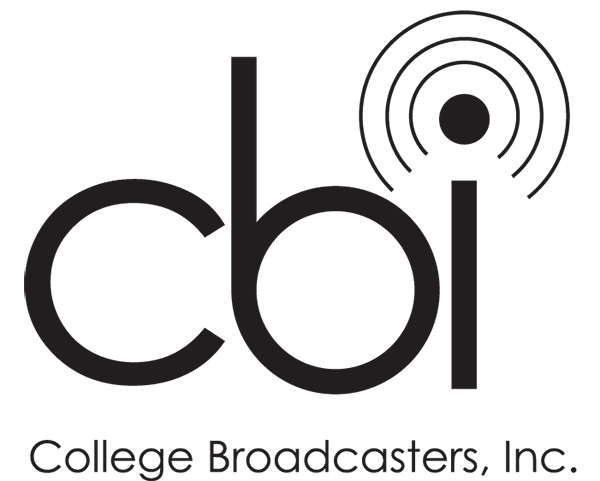July 15, 2015
Board Blog: New Broadcast Technology

[fusion_builder_container hundred_percent=”yes” overflow=”visible”][fusion_builder_row][fusion_builder_column type=”1_1″ background_position=”left top” background_color=”” border_size=”” border_color=”” border_style=”solid” spacing=”yes” background_image=”” background_repeat=”no-repeat” padding=”” margin_top=”0px” margin_bottom=”0px” class=”” id=”” animation_type=”” animation_speed=”0.3″ animation_direction=”left” hide_on_mobile=”no” center_content=”no” min_height=”none”]

Herbert Jay Dunmore, CBI Vice President
As broadcasters, its important for us to take a look at the future of Ultra High Definition and 4K and how it affects us in the present day and near future. There are live broadcast tests of 8K taking place this year, so its eventual emergence is far gone from the myth factor. In fact, by 2020, you should expect to see 4K and in some regions, 8K broadcast to homes across the world. For more information, visit http://sportsvideo.org/main/blog/2015/07/80839/.
OTT and IPTV are methods of content delivery that are increasingly becoming relevant as it relates to the best practices and skill sets that should be taught to students. Increasing in interest is the perspective that broadcast, in its traditional form is slowly dwindling in numbers as content viewers are cutting the cable and relying on Netflix and Hulu. I lean toward the idea that broadcasters can and will have a large selection of mediums through which content can be delivered to their consumers. For more information, visit http://www.multichannel.com/news/technology/study-7-subscribe-broadband-ott-not-pay-tv/391281.
This is a very exciting time for me as a content provider and adviser to video and film students.
We made the decision to introduce students to the 4K workflow early so that they can adapt and enhance skills for post graduation. This exposes them to interconnectivity between essential devices such as recorders, displays and converters of the UHD signal.
Topics such as these can extend to include frame rate, image quality and signal compression and storage of the content. As we approach the 2015 NSEMC conference in Minnesota, I hope to continue discussions like these to ensure an awareness of the technology and tools that we use for producing content.[/fusion_builder_column][/fusion_builder_row][/fusion_builder_container]





